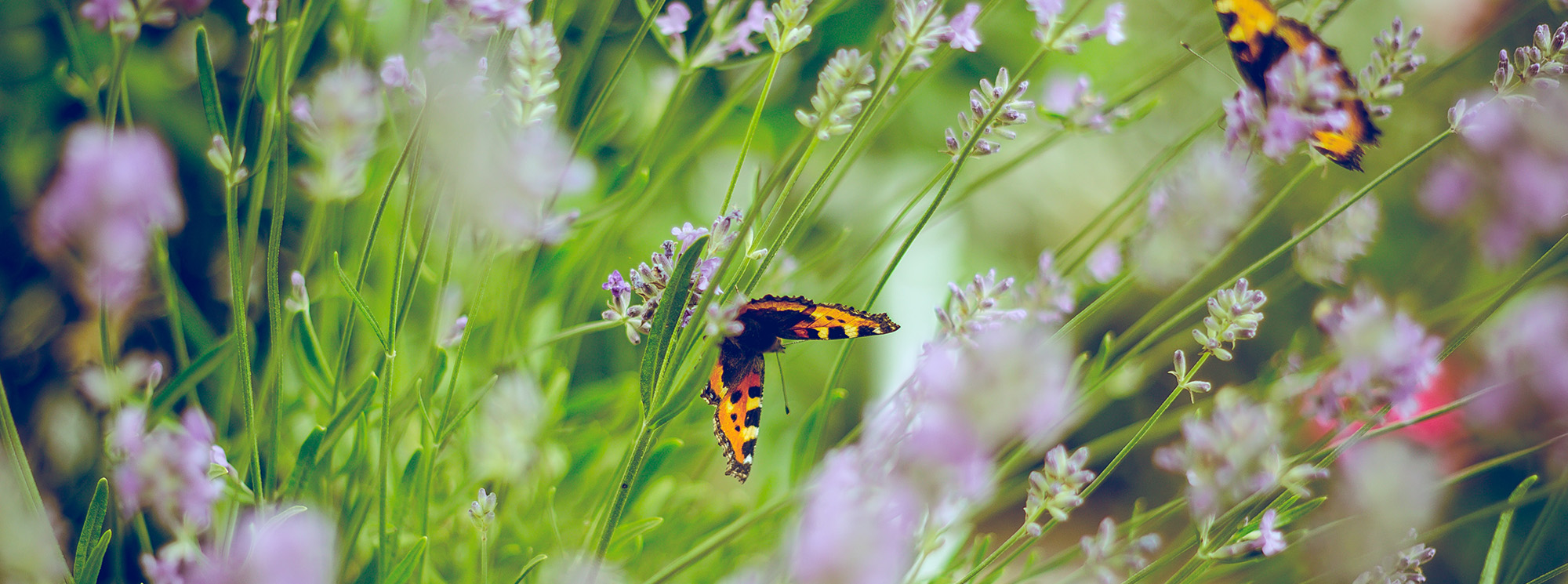

Ayurveda’s rise in popularity continues to grow as the vedic philosophy expands westwards, with products, diets and supplements hitting shelves. So many individuals have become frustrated with the ineffectiveness of the western medical model and their “one size fits all” approaches. While it can be empowering to reject this outdated pharmaceutical option, it can often result in many people feeling overwhelmed with where to go next.
There are so many complementary and alternative modalities available; Ayurveda, Acupuncture, Chinese medicine, Reiki therapy, Homeopathy, Naturopathy, Electromagnetic therapy, Qigong, Ecstatic dance, essential oils and flower essences not to mention the newest viral diet that everyone “must try!”. It is no wonder people become overwhelmed with all of these choices and quickly disheartened when they see no real, consistent results.
Instead, picture a beautiful garden in your background. What flowers, vegetables or herbs would you like to grow there knowing the climate? How would you take care of your garden as the seasons change? How would you encourage balance to avoid certain plants dominating others? Ayurveda approaches the body the same way, encouraging harmony within the organs, systems, channels and tissues of the body.
No single fad, viral diet or alternative healing modality will benefit every single person, as everyone needs something unique to them. Ayurveda stands out from the rest because of this exact principle. Understanding yourself on a fundamental level is the first step in uncovering a personalized approach to balance. So, how do we begin?
We must first delve into the history of Ayurveda. Considered to be the oldest healing system in history, Ayurveda translates as “Science of Life” from Sanskrit. Scholars trace Ayurvedic science back to ancient India, originally shared in an oral tradition “since the 2nd Century BC”.
Classically, the three great classics of Ayurveda known as the Bhriyat Trayi are authoritative sutras or poems of this previously oral tradition and contain the oldest records on Ayurveda in history. There is the Charaka Samhita written by Sage Charaka, the Sushruta Samhita written by Sage Sushruta and the Ashtanga Hridayam written by Sage Vagbata.
Scholars still do not know if Charaka was a singular man or a group of people in collaboration. The Charaka Samhita is said to be dated as far back as 400-200 BCE and continues to be one of the oldest and most influential of the ancient Ayurvedic texts. Known for close to 9,000 sutras or metrical poems, the Charaka Samhita contains 120 chapters describing the Sutra Sthana (General Principles), Nidana Sthana (Pathology), Vimana Sthana (Specific determination), Sharira Sthana (Anatomy), Indriya Sthana (Sensory organ based prognosis), Chikita Sthana (Therapeutics), Kalpa Sthana (Pharmaceutics and toxicology) and Siddhi Sthana (Success in treatment).
Written after the Charak Samhita, the Sushruta Samhita contains 186 chapters delivered in similar melodic prose as Charaka, and equivalently focuses on General Principles, Pathology, Diagnosis, Anatomy, Sensorial Prognosis, Therapeutics, Pharmaceutics and Toxicology as well. This comprehensive work is differentiated however, by its detailed concentration on Shalya or Ayurvedic Surgery which “arose in part from the exigencies of dealing with the effects of war”, and as a result Sushruta is often referred to as the “Father of Surgery”.
The Ashtanga Hridayam is dated sometime after both the Charak and Sushruta Samhita, written by Vagbhata (a disciple of Charaka) sometime in 400 CE. This ancient text focused primarily on the utilization of metals and natural minerals in treating the Pathology within the body for therapeutic use. The Ashtanga Hridayam translates from Sanskrit to mean “Eight principles”, corresponding to the eight principles of Ayurveda; Internal medicine, surgery, gynecology and pediatrics, rejuvenation therapy, aphrodisiac therapy, toxicology, psychiatry, and ENT (ears nose throat).
In addition to the incredibly advanced and ancient clinical texts, Ayurvedic medicine is also a deeply spiritual science which informs the harmony between spirituality and medicine and bridges the gap between mind, body and consciousness according to one’s own unique constitution. Studying Ayurveda is a sacred privilege and responsibility which cultivates deep self awareness to insure total health. Ayurveda translates from Sanskrit as the “Science of Live”
By definition, Ayurveda is the science of life. According to Sankhya’s philosophy there are natural elements, qualities, and humors of the body that originate from divine forces which make up the physical world as we know it. Studying these philosophies is an integral part of the foundation of an Ayurvedic Education because these elemental qualities manifest uniquely in every living thing.
This fundamental concept dismisses the western medical model of “one size fits all” and instead honors the exceptional individuality that makes us all truly human. To study Ayurveda is to study oneself. Unlike modern day medicine, Ayurveda stresses the importance of self-healing in order to best support others on their healing journey.
It can be a common misconception that someone needs to be of perfect health before studying Ayurveda. Instead, individuals are able to begin unburdening themselves of long lasting illnesses, pain and grief the moment they take their first step on the path of Ayurveda..In many ways, studying Ayurveda is relearning all behavior that society teaches us from a young age. Habits around food, diet, sex and sleep all begin to change as students learn to listen to their bodies once again and understand what they try to communicate to insure total health.
This powerful healing process can be a beautiful transformative opportunity but also one of the most challenging parts of studying Ayurveda and repressed trauma, abuse and pain can make this reconnection frightening. Studying Ayurveda is not for the faint of heart, but rather a choice to consciously confront our karma and trauma and ultimately cultivate the unique gifts that we can offer back to the world, for a higher purpose.
Jaiswal, Yogini S, and Leonard L Williams. “A glimpse of Ayurveda – The forgotten history and principles of Indian traditional medicine.” Journal of traditional and complementary medicine vol. 7,1 50-53. 28 Feb. 2016, doi:10.1016/j.jtcme.2016.02.002
Dick, M. (2021, December 7). The ancient ayurvedic writings. Ayurveda. Retrieved June 15, 2022, from https://ayurveda.com/the-ancient-ayurvedic-writings/

The spiritual journey starts here

A native of India, he served for three years as Medical Director of the Ayurveda Hospital in Pune, India. He was Professor of Clinical Medicine at the Pune University College of Ayurvedic Medicine for 15 years. He holds a Bachelor’s of Ayurvedic Medicine and Surgery (BAM&S) degree from the University of Pune and a Master’s of Ayurvedic Science (MASc) degree from Tilak Ayurved Mahavidyalaya. The author of numerous books, Vasant Lad is respected throughout the world for his knowledge of Ayurveda.
Get regular updates from The Ayurvedic Institute, with great bonuses, free material, and discounts!
Contact